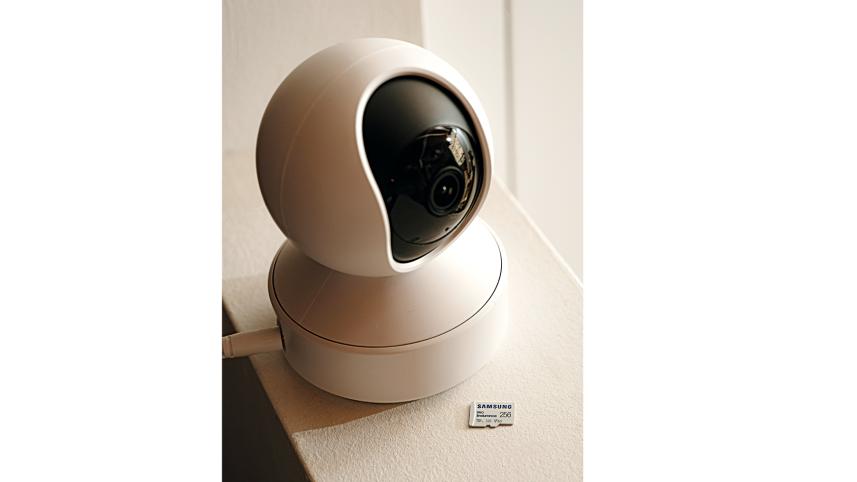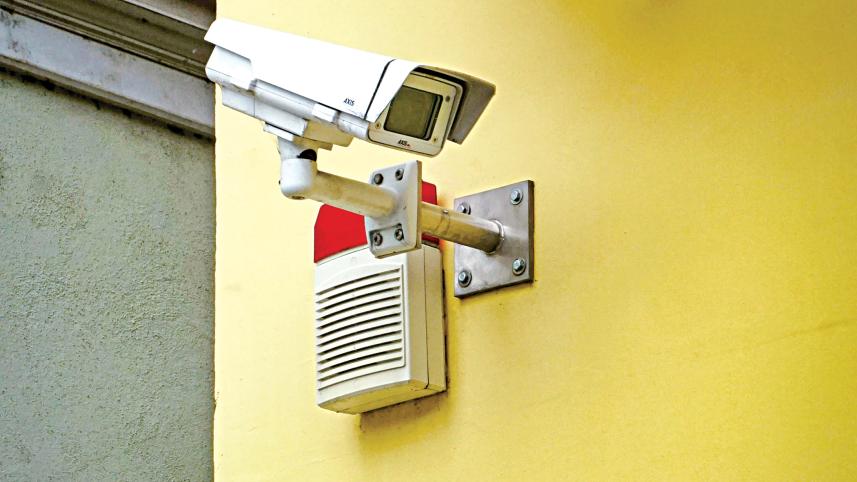Kids, cats & the elderly

In Bangladesh, the idea of home surveillance has quickly shifted from luxury to necessity. Families in apartments and small houses are finding that a couple of cameras can mean the difference between constant worry and real peace of mind.
Just recently, a video made the rounds online of a domestic worker hitting the children she was meant to care for. Parents everywhere shuddered. Cameras can't stop every incident, but they do reveal what happens when you're not around. That knowledge can change everything. For pet owners too, it's become almost a rite of passage. The first time you catch your cat knocking over a vase or your dog staring sadly at the door as you leave for work.

Where to place cameras (and where not to)
The best spots are entrances, exits, and common rooms. A camera by the main door can tell you when the kids are home from school or if someone's loitering in the hallway. Corners work well indoors, cutting down blind spots without needing multiple units.
What you should avoid: bedrooms and bathrooms. Needless to say, it is seriously embarrassing if footage ever leaks. Keep cameras focused on security, not private moments.
Features worth paying for
Not every shiny feature is useful. Here's what actually makes sense for Bangladeshi homes:
Night Vision: Load shedding or not, nights are when you need clear footage the most. Infrared cameras with automatic filters avoid washed-out images.

Buyer's Checklist
Before you buy a home surveillance system, ask yourself:
How many entry points do I need to cover?
(Start with the main door and common areas.)
Do I need remote access?
(If yes, go for WiFi cameras with mobile alerts.)
Where will my footage be stored?
(Local DVR or memory card vs. cloud options.)
Is the camera durable?
(Waterproof for outdoor use, especially in Dhaka's rain.)
What's the total cost with installation?
(Factor in cables, storage, and service charges, not just camera prices.)



 For all latest news, follow The Daily Star's Google News channel.
For all latest news, follow The Daily Star's Google News channel.
Comments